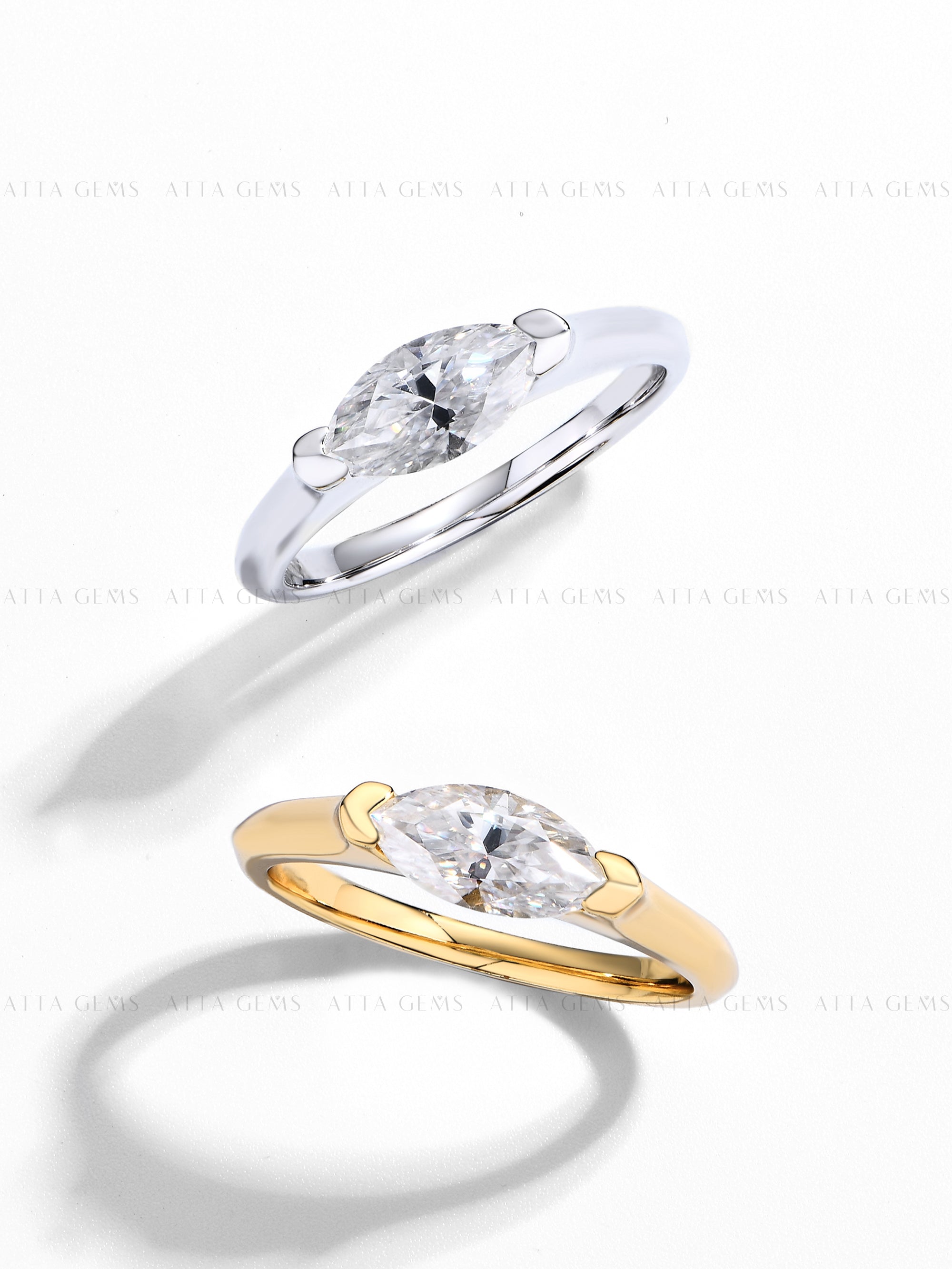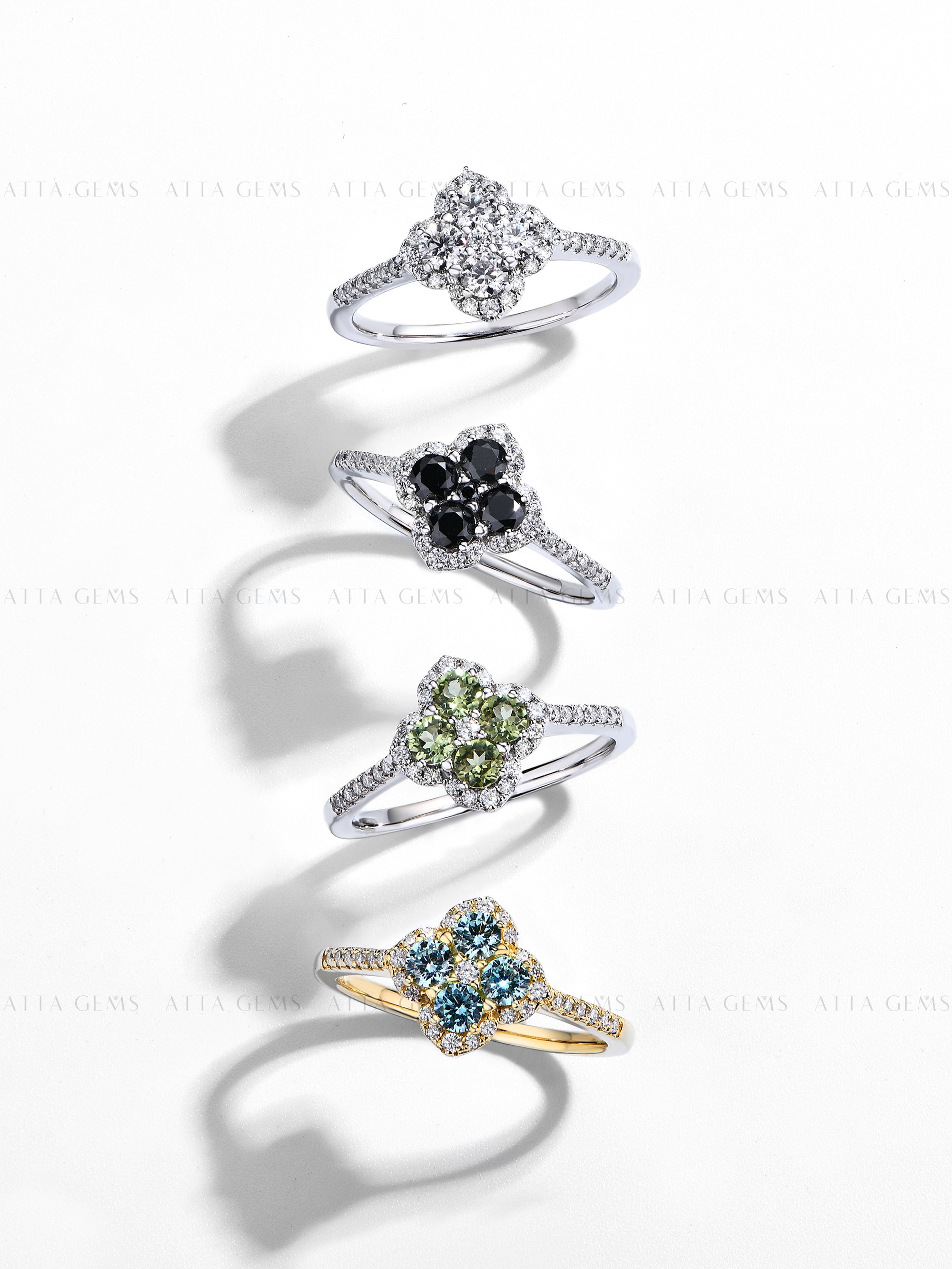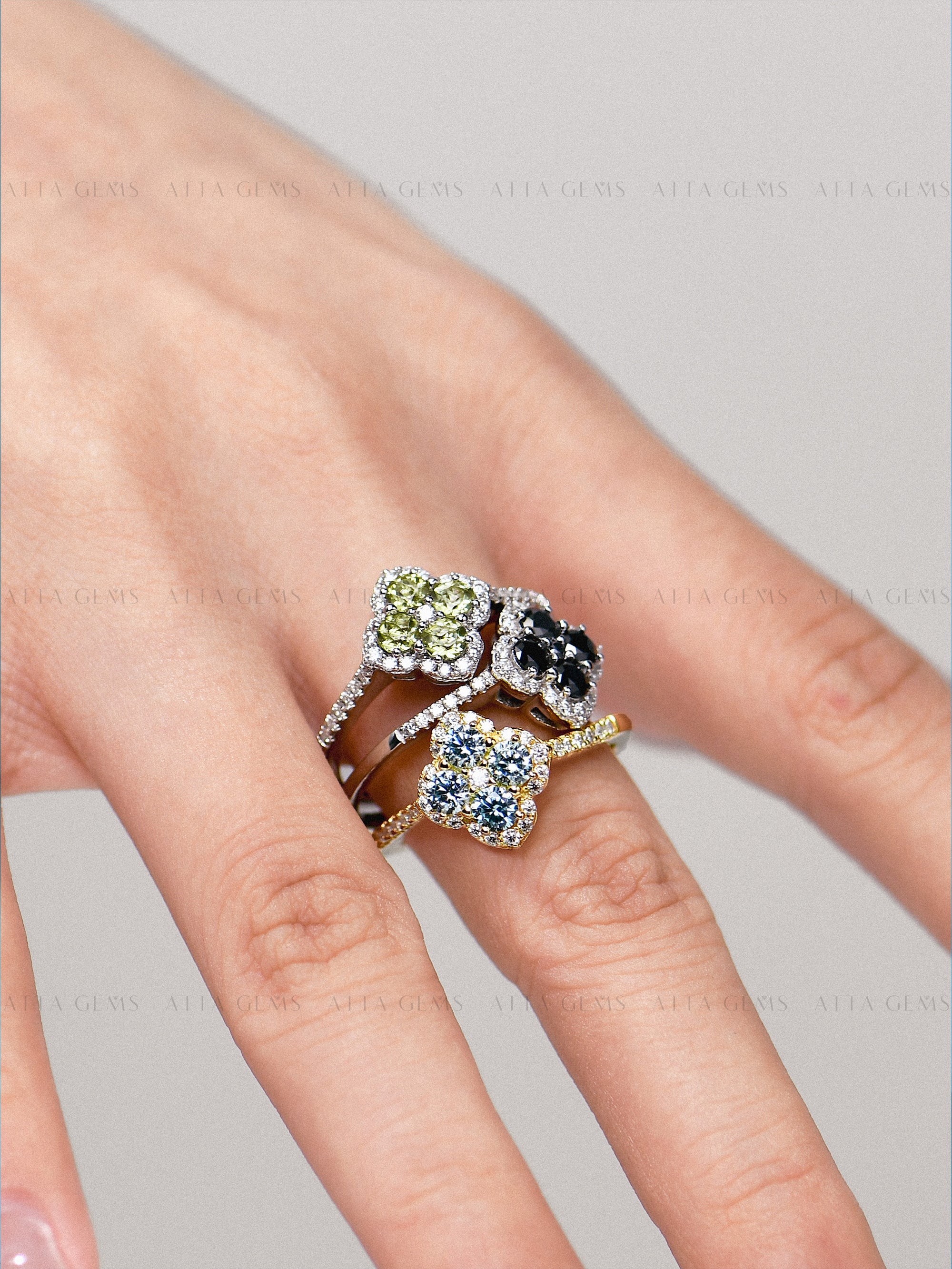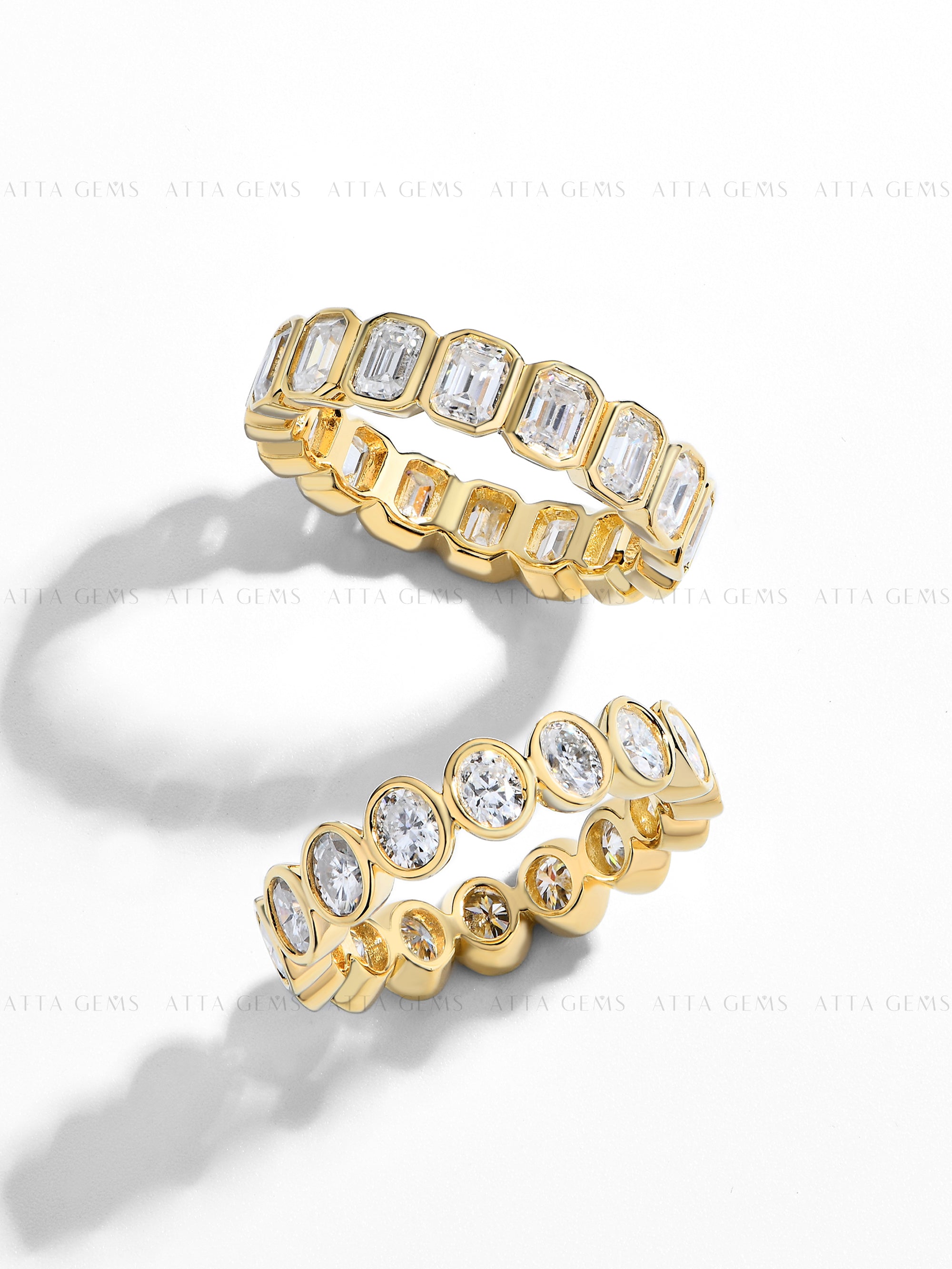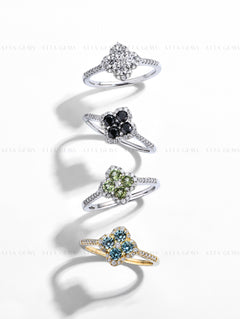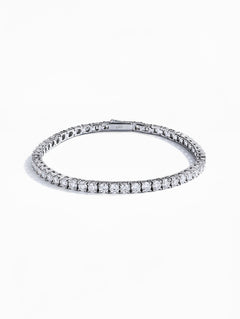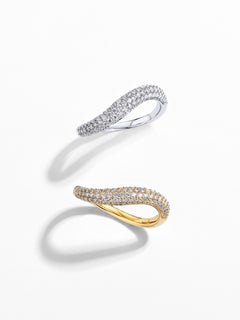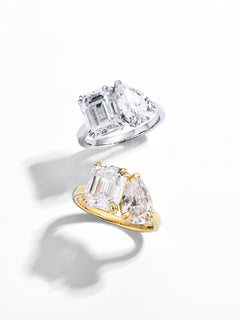 designers to enhance the appearance and durability of their pieces without the expense of solid precious metals. Whether you're a fashion aficionado or simply looking to add a touch of elegance to your collection, understanding how to choose your own plated jewelry is essential. Plated jewelry offers a blend of affordability and style, allowing you to make a statement without breaking the bank.
designers to enhance the appearance and durability of their pieces without the expense of solid precious metals. Whether you're a fashion aficionado or simply looking to add a touch of elegance to your collection, understanding how to choose your own plated jewelry is essential. Plated jewelry offers a blend of affordability and style, allowing you to make a statement without breaking the bank.
In this Blog, we'll explore the intricacies of the plating process, the different types of plating, and how to select the perfect plated jewelry to suit your taste and lifestyle. Join us as we uncover the secrets to finding high-quality, durable, and stylish plated jewelry that stands the test of time.
What is Jewelry Plating? & Jewelry Plating Techniques
Jewelry plating involves depositing a thin layer of metal onto the surface of a piece of jewelry. This process can enhance the aesthetic appeal, improve corrosion resistance, and reduce the overall cost of jewelry items. The most commonly used metals for plating include gold, silver, rhodium, and platinum.
Basic Methods of Jewelry Plating
There are several methods used in jewelry plating, each with its unique advantages and applications:
1. Electroplating
Electroplating is the most common method of jewelry plating. It uses electrical current to reduce metal cations from a solution and deposit them onto the surface of the jewelry.
2. Dip Coating
Dip coating involves immersing the jewelry in a liquid metal bath, allowing a layer of metal to adhere to the surface. This method is simpler and often used for larger items or bulk production.
3. Chemical Plating
Also known as electroless plating, this method does not require an external power source. Instead, it relies on a chemical reaction to deposit metal onto the jewelry.
4. PVD (Physical Vapor Deposition)
PVD is a more advanced technique that involves vaporizing the metal and depositing it onto the jewelry in a vacuum environment. This method creates a very thin and durable coating.
The Plating Process Workflow & Jewelry Plating Process
Understanding the plating process workflow is crucial for anyone interested in jewelry production. Here’s a simplified overview:
- Design and Material Selection: Choose the base metal and the desired plating material based on the design and purpose of the piece.
- Surface Preparation: Clean and polish the jewelry to ensure proper adhesion.
- Plating Method Selection: Decide on the appropriate plating method based on the desired thickness, durability, and cost.
- Plating Application: Execute the chosen plating method, carefully monitoring the time and conditions to achieve the desired result.
- Post-Plating Treatment: Rinse, dry, and apply any necessary protective coatings to enhance the jewelry's longevity.
- Quality Control: Inspect the finished piece for consistency, thickness, and overall quality.
How to choose your own Plated Jewelry & Plated Jewelry Selection Tips
Choosing your own electroplated jewelry can be an enjoyable experience, but it’s important to consider several factors to ensure you find pieces that suit your style, budget, and wearability. Here’s a guide to help you make informed decisions:
1. Determine Your Style
Personal Taste: Consider what styles resonate with you—classic, modern, bohemian, or edgy.
Occasion: Think about whether you need pieces for everyday wear, special occasions, or formal events.
2. Select the Right Base Metal
Brass: Affordable and versatile; often plated with gold or silver.
Copper: Great for artistic designs but may oxidize over time.
Stainless Steel: Durable and resistant to tarnish; a good option for everyday wear.
Sterling Silver: Offers a more upscale feel; can be plated for added protection.
3. Choose the Plating Metal & Style and Affordability in Jewelry
- Gold Plated: Available in various karats (10k to 24k). Higher karats indicate a more luxurious finish.
- 14K
Pillar Setting Eternity Moissanite Band Ring
- 18K
Four Prong Diamond Engagement Ring
-
Rose Gold Plated:Offers a unique, warm aesthetic that enhances the visual appeal of jewelry and accessories. Additionally, it provides a protective layer that can help prevent tarnishing and scratches, extending the life of the underlying material.

3CT Pear Cut Engagement Ring
- Rhodium silver: Provides a bright, shiny appearance.
2.0CT Grace Crown Diamond Ring
- Rhodium: Excellent for a reflective finish and tarnish resistance; often used on silver pieces.
- Nickel: Durable but may cause allergic reactions; best to check for sensitivity.
4. Consider Plating Thickness
Flash Plating: Best for occasional wear; very thin and may wear off quickly.
Standard Plating: Suitable for regular use; provides a good balance of durability and cost.
Heavy Plating: Ideal for daily wear; offers a longer-lasting finish.
5. Evaluate the Finish
Polished: Shiny and reflective; great for a classic look.
Matte: Dull and modern; perfect for a contemporary aesthetic.
Textured or Antiqued: Adds character and interest; ideal for unique styles.
6. Check for Allergies
If you have sensitive skin, look for hypoallergenic options or those specifically labeled as nickel-free.
7. Plated Jewelry Care
Consider how much effort you’re willing to put into maintaining your jewelry. Some finishes require more care to keep them looking good.
8. Set a Budget
Determine how much you’re willing to spend. Electroplated jewelry can range widely in price based on materials, design, and craftsmanship.
9. Research the Brand or Seller
Look for reputable brands or sellers known for quality electroplated jewelry. Read reviews and check for warranties or return policies.
10. Try Before You Buy
If possible, try on pieces to see how they look and feel. Pay attention to weight, comfort, and overall appearance.
Jewelry plating is a fascinating and vital process that enhances the beauty and longevity of jewelry pieces. Whether through electroplating, dip coating, chemical plating, or PVD, each method has its unique characteristics and applications.
As you can see, the world of plated jewelry is vast and varied, offering a plethora of options to suit every style and budget. By understanding the plating process and knowing what to look for, you can make an informed decision when choosing your own plated jewelry. Remember, the key to a great plated jewelry piece is not just its appearance but also its quality and durability. So, the next time you're browsing through the jewelry aisles or online stores, keep these tips in mind to ensure you're making a choice that complements your personal style and lasts for years to come.
Embark on your journey to find the perfect plated jewelry that reflects your impeccable taste and adds a sparkle to your everyday life. [Don't forget to share your favorite plated jewelry finds and experiences with us, and continue to follow our channel for more insights on jewelry trends and care tips. ] (atta gems-atta jewelry-Fine Jewellery-https://attajewelry.com/)
Learn more information about Engagement Jewelry to help you choose more carefully:
- The Spectrum of Gold: Unraveling the Distinctions Between White, Yellow, and Rose Gold
- Handmade Rings: The Art of Crafting Timeless Beauty
- Understanding the Difference Between Sterling Silver and Silver
- K Gold Explanation 2024, Why K Gold Jewelry can Fire Out of the Circle?
- Struggling to Buy Brand Jewelry or Quality Jewelry? Here’s What You Need to Know!
- Atta Gems & New Arrivals [Browse Our Full Collection](https://attajewelry.com/)

